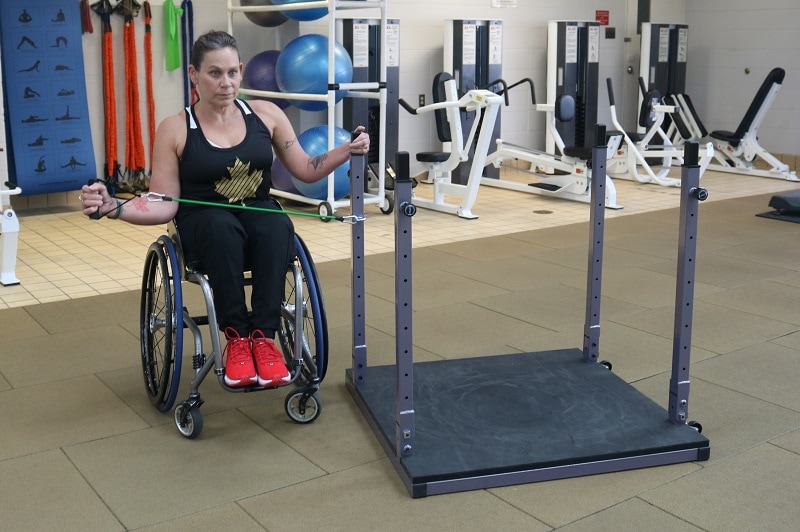
Disability and Exercise
by: Admin

People living with disability should be physically active for many of the same reasons as everyone else.
Physical activity such as regular exercise and physical therapy can improve overall health, increase strength and flexibility, and reduce the risk of chronic diseases such as obesity, diabetes, and heart disease. And it's not just the physical benefits. Being physically active can also improve mental health by reducing stress and improving mood.
For people with disabilities, exercise can help maintain or improve functional abilities, such as range of motion, balance, and coordination.
Most importantly, all of these benefits lead to the ability to perform activities of daily living and increased independence.
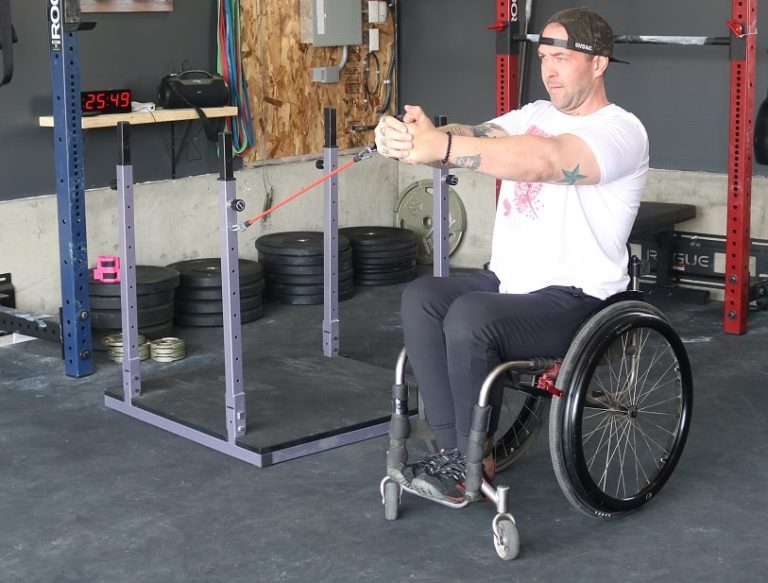
Here are a few specific examples of how exercise can benefit individuals living with disability.
For individuals with:
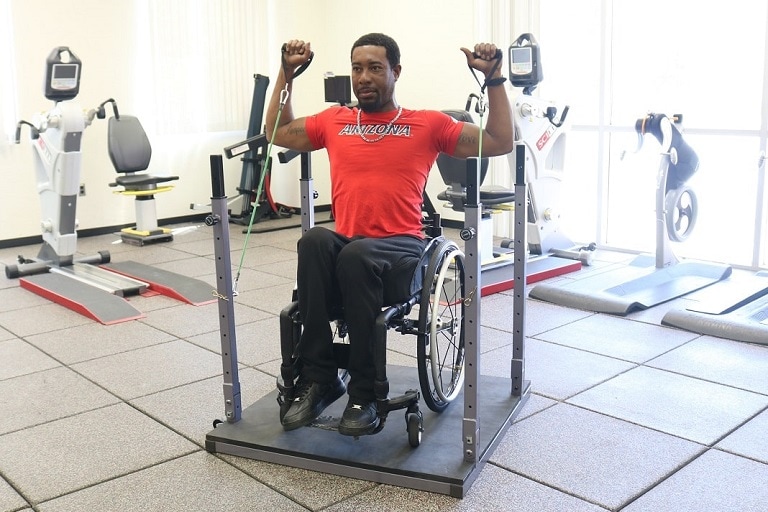
It's no secret that resistance bands and parallel bars are great tools for disability.
Resistance bands are great because they are low-impact and can be modified to accommodate a wide range of abilities. They are versatile and can be used to target specific muscle groups, making them a great option for those who may have limited mobility or range of motion.
Parallel bars are great because they can be used for a variety of exercises, including upper body strength training, balance training, and gait training. They are particularly useful for individuals with disabilities as they assist in bone density and weight-bearing exercise. Weight-bearing exercise has been shown to increase bone density and improve bone health. Weight-bearing exercise is physical activity we perform while on our feet and legs that works the muscles and bones against gravity. During weight-bearing activity, the muscles and tendons apply tension to the bones, which stimulates the bones to produce more bone tissue. As a result, bones become stronger and more dense and the risk of osteopenia, osteoporosis, and fractures decreases.
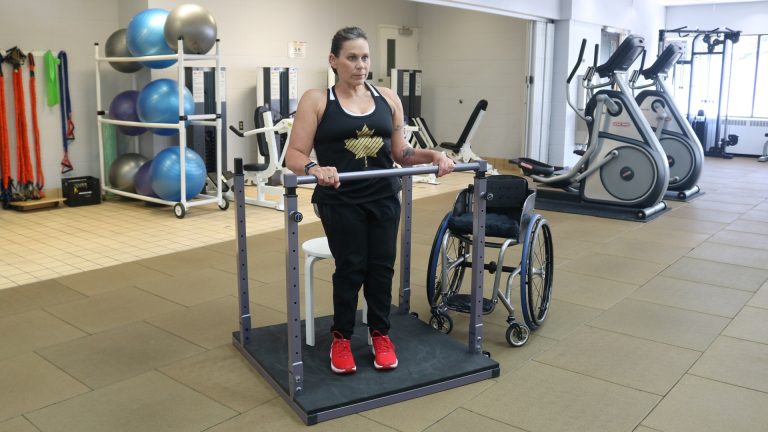
However, as great as resistance bands and parallel bars are, as standalone products they have limitations.
Without having a strong, secure, and stable structure to attach resistance bands to, their versatility becomes extremely limited. Users often resort to attaching their resistance bands to doorframes, kitchen tables, or sofa legs. This limits their function and can be quite unsafe. As for parallel bars, it isn't often that the average home has access to a set of strong, secure, and stable parallel bars. Specifically, parallel bars that are used for physical therapy purposes are typically found in clinics due to their size and cost.
The Evolution not only provides a strong, secure, and stable structure to attach resistance bands, but also provides a set of parallel bars worthy of a clinical setting. But perhaps even more importantly, it does so in a small footprint and is a tool that you can have right at home.
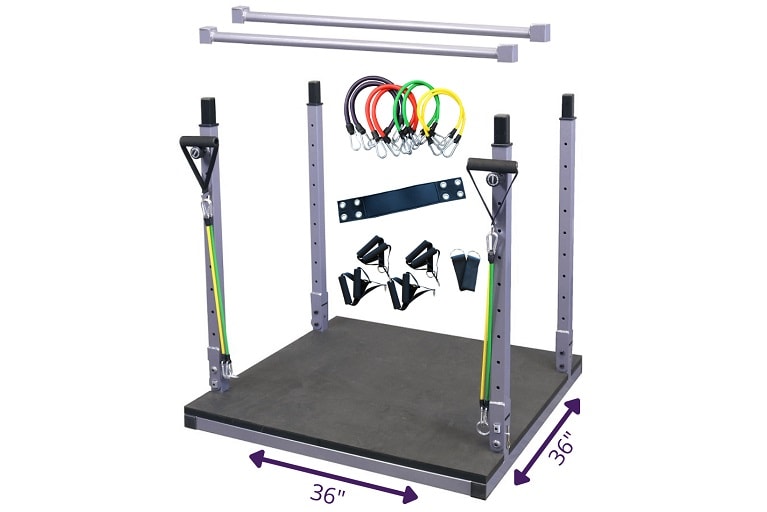
If you have a disability and are ready to begin your journey to better health and independence, we encourage you to consider the Evolution.
You can purchase one here.